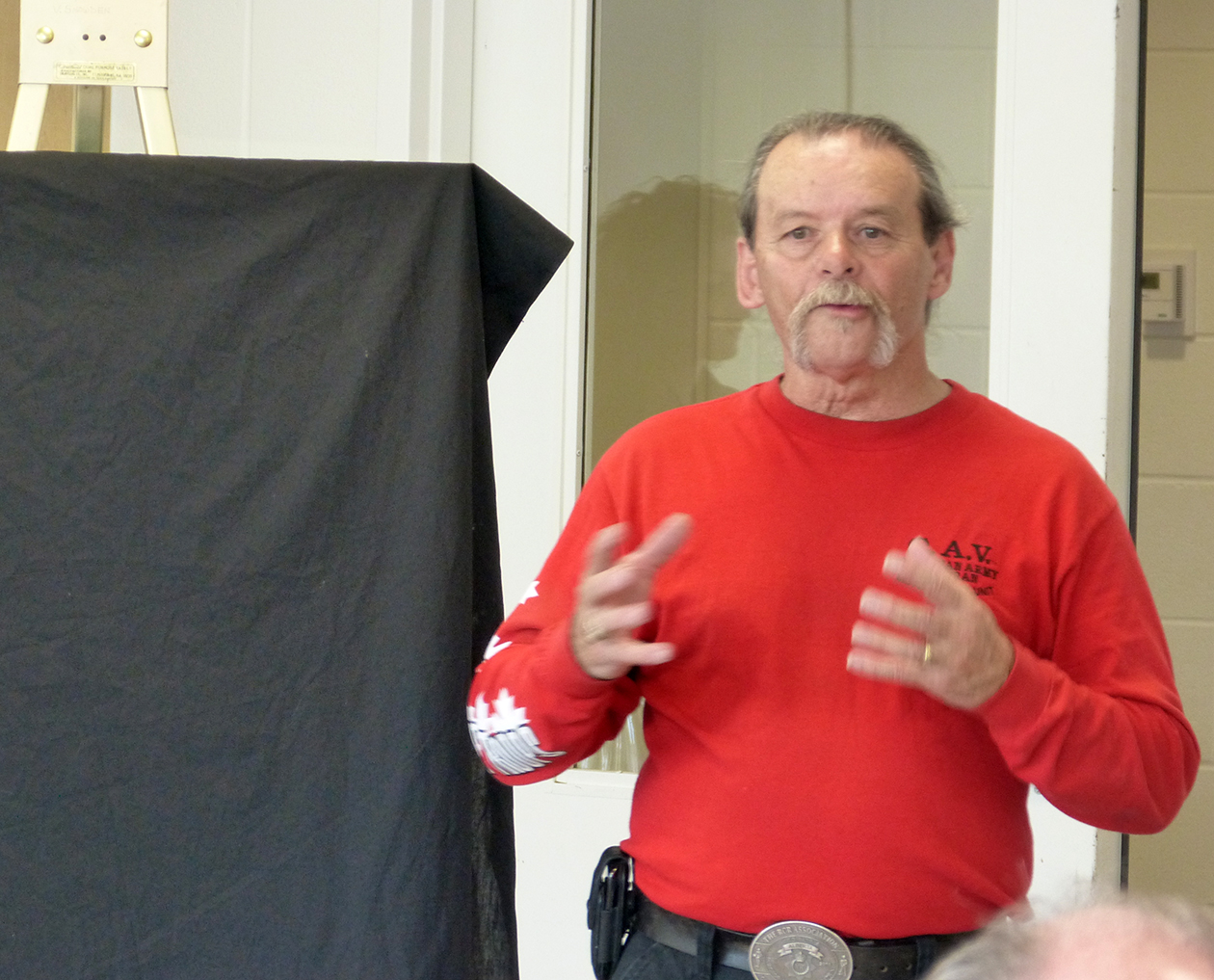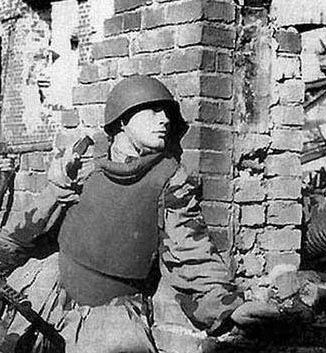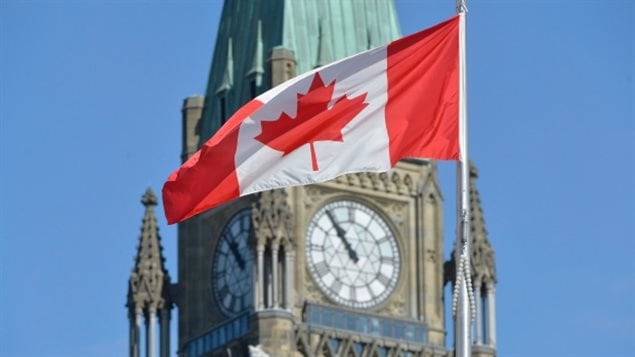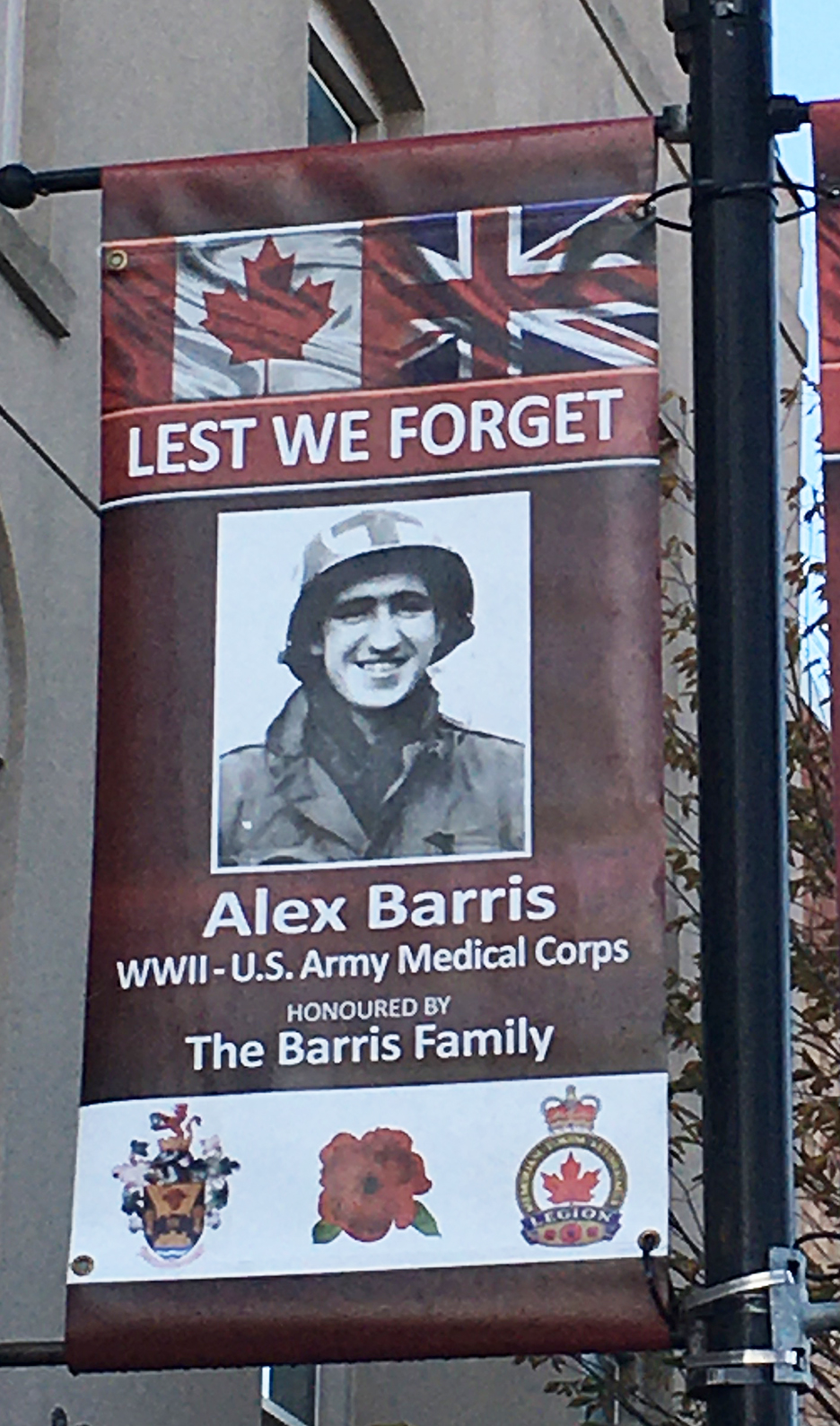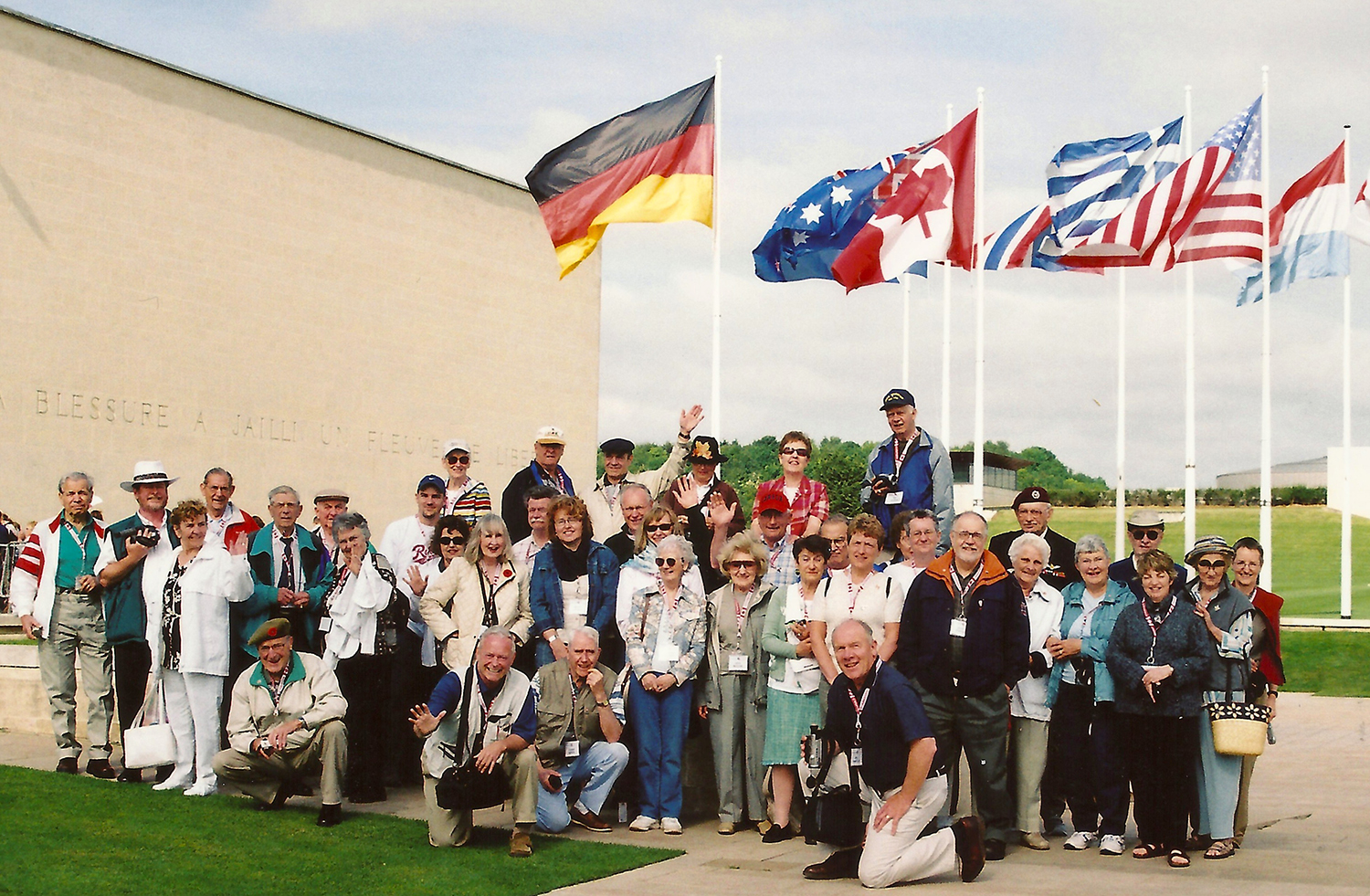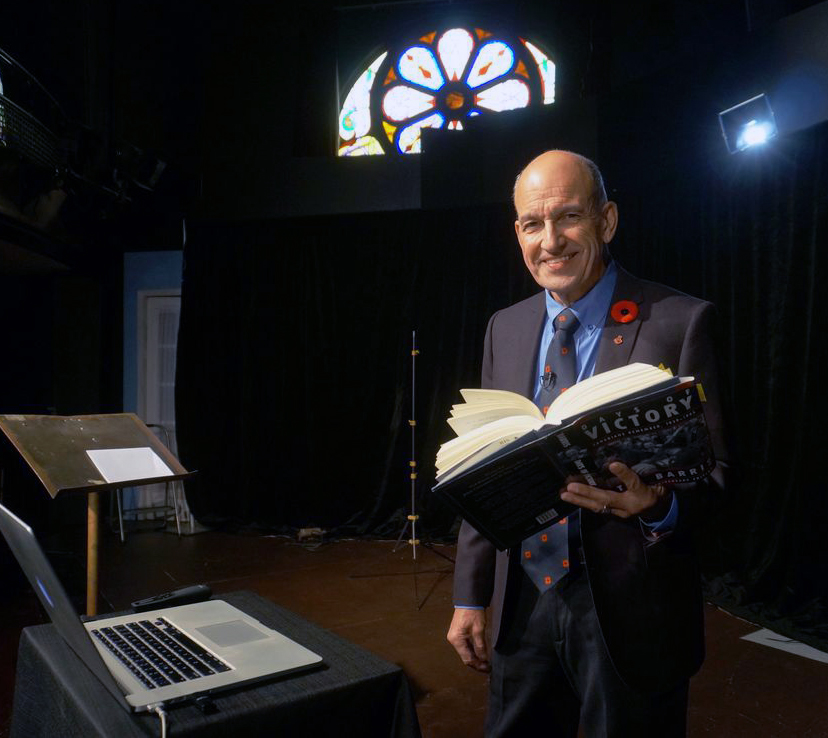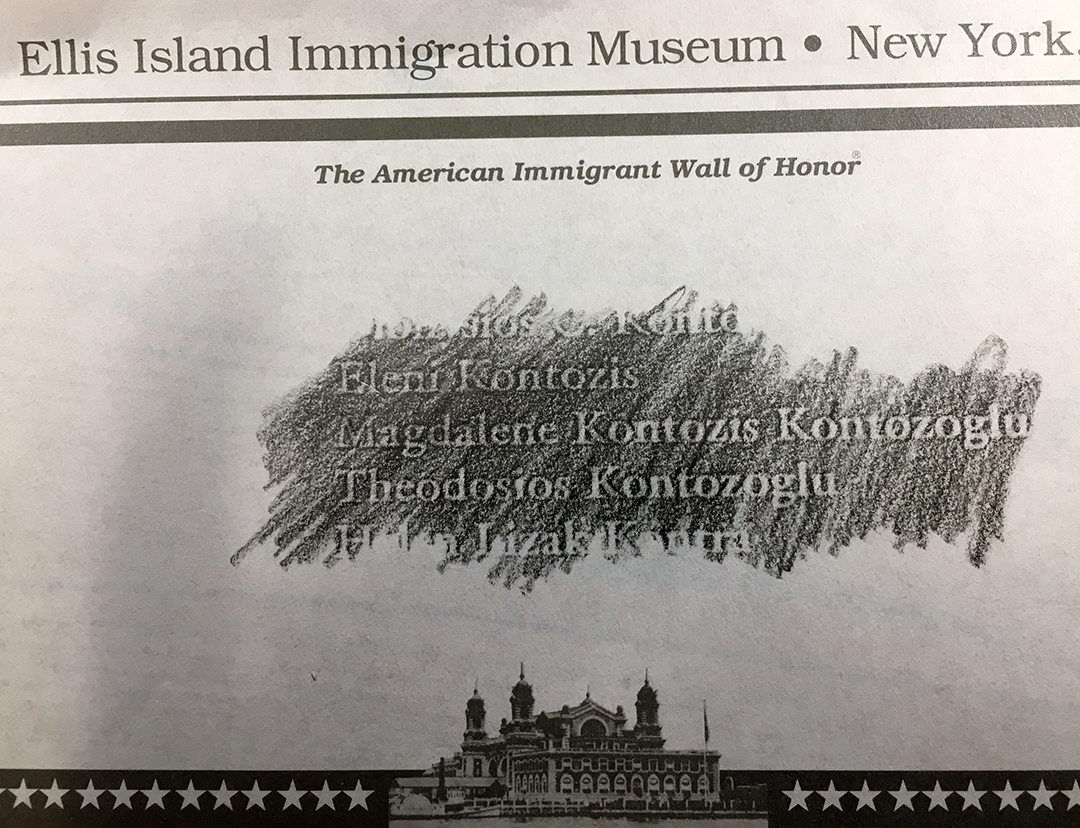
There were several of us sitting in the consultation area of a local Uxbridge pharmacy last week – all of us waiting, most of us doing this for the first time, and everybody looking a bit anxious. The woman next to me – well, actually two metres away – was busy texting somebody. Of all those in the waiting area, she seemed the most at ease. I thought I’d seek some assurance.
“Done this before?” I asked.
“Yes,” she said through her mask. “My husband and I travel a lot. So, we’re getting used to it.” (more…)
